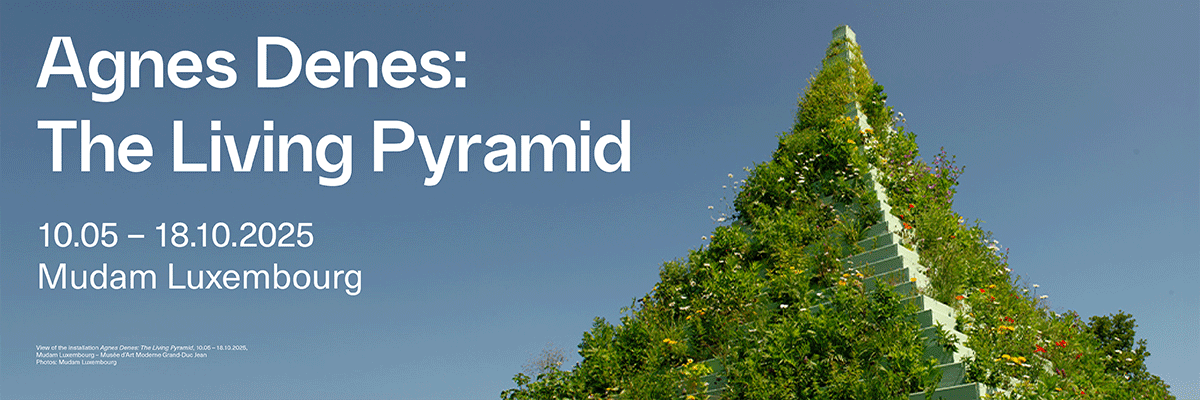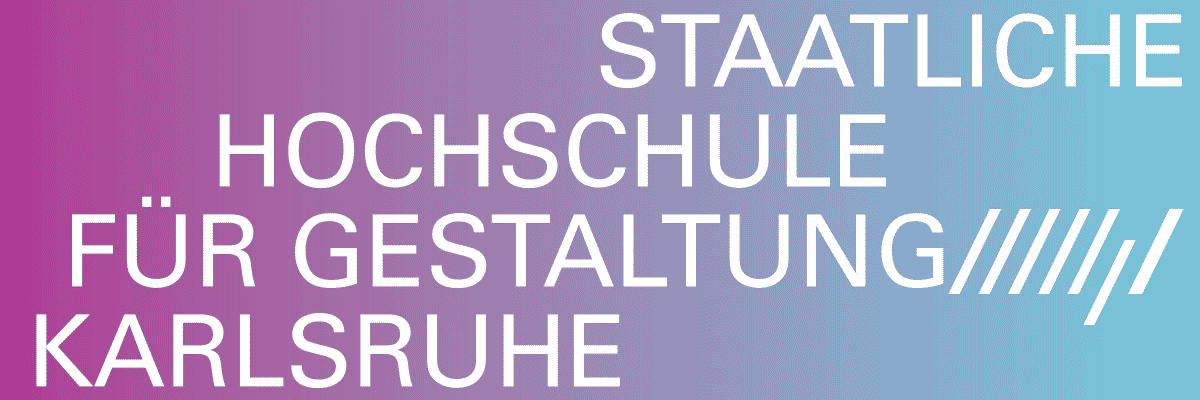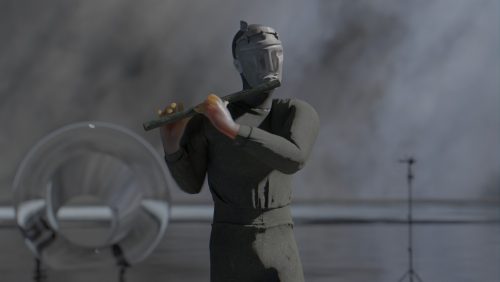
Justin Urbach
fractal breeze | justin urbach

Justin Urbach, Installation view, fractal breeze, 2023, courtesy of max goelitz, copyright of the artist, photo: Marjorie Brunet Plaza
Advertisement

Justin Urbach, Installation view, fractal breeze, 2023, courtesy of max goelitz, copyright of the artist, photo: Marjorie Brunet Plaza

Justin Urbach, Installation view, fractal breeze, 2023, courtesy of max goelitz, copyright of the artist, photo: Marjorie Brunet Plaza

Justin Urbach, Installation view, fractal breeze, 2023, courtesy of max goelitz, copyright of the artist, photo: Marjorie Brunet Plaza

Justin Urbach, Installation view, fractal breeze, 2023, courtesy of max goelitz, copyright of the artist, photo: Marjorie Brunet Plaza

Justin Urbach, Installation view, fractal breeze, 2023, courtesy of max goelitz, copyright of the artist, photo: Marjorie Brunet Plaza

Justin Urbach, Fractal Breeze WIP T1_001 - T1_006, T2_007 - T2_012, WIP T3_001 -T3_003, 2023, courtesy of max goelitz, copyright of the artist, photo: Marjorie Brunet Plaza

Justin Urbach, Fractal Breeze WIP T1_006, 2023, courtesy of max goelitz, copyright of the artist, photo: Marjorie Brunet Plaza
Justin Urbach‘s three-channel video installation Fractal Breeze addresses transformation processes in the digital age as a fragmentary sci-fi narrative. For Urbach‘s (*1995 in Munich) first presentation at max goelitz in Berlin, the award-winning diploma project is complemented by 3D-printed sculptures and embedded in a new exhibition context.
The video work presents a metafictional representation of our technological future in which two characters explore the borders of virtuality and reality. They move through abandoned and ruinous architectures, perform ritualistic acts in laboratory-like spaces and fight their way through a sandstorm. The starting point for their exploration is the resource silicon, which Urbach reflects in its many stages of production. Silicon is extracted from quartz sand and plays a key role in our digital age, as it is the basis of microchips and an integral part of all computer-control- led technologies. In Fractal Breeze (2023), silicon in its many forms symbolises the storage and transmission of energy. Humans and technology enter into a symbiotic relationship by supporting each other in their transformation processes. Through wafers, thin reflective information carriers, silicon enables the protagonists to transition into a hybrid world in which virtual spheres increasingly materialise and lets them experience a new physicality. In the course of the video, the wafers repeatedly become the centre of action for the two personas, who activate the round discs in different scenarios and set them in motion. Using technical systems such as MRTs, 3D scans, cameras and motion-capture technology, the characters continuously collect data about their own bodies and create an intimate, digital blueprint of themselves that hints at an imminent posthuman transformation. The wafers mirror these processes, are a source of energy and at the same time open up a portal into virtual realities. During the video work, a virtual as well as physical sandstorm emerges, bathing the scenery in orange light, occupying both worlds and stylising the quartz sand as an essential resource. Through the connection of body and technology, a transhuman cycle is created that refers to the multidimensional processes of resource extraction and energy storage and reflects social, ecological, and economic developments.
Fractal Breeze WIP (2023) is a series of works made of round silicon wafers with various motifs laser-engraved into their reflective surface. Urbach inscribes them with fragments of medical data from MRT scans and ATP measurements, which can be used to examine microbiological structures. In both the wafers as well as the human body, the artist sees the potential for energy storage and transmission. In a similar way to the wafers, human cells show the ability to store energy and information through ATP (adenosine triphosphate), a molecule that is considered the main energy store of cells. The data shown on the wafers was collected in connection with Urbach‘s video work Fractal Breeze, a science fiction narrative in which two protagonists combine physical and virtual realities. Fractal Breeze WIP combines the artist‘s multidimensional exploration of digital technologies, complex biochemical processes and the storage of energy from fossil raw materials, which are essential for technological developments.
WAT STASH 001 (2023) and WAT STASH 002 (2023) are wall sculptures made from quartz sand using a 3D printing process and inspired by NASA landscape images of Mars. Human body data such as ATP (adenosine triphosphate) levels, heart rate, oxygen pulse, respiratory minute volume and breathing rate appear on the organic-looking surface of the sculptures. Here, the sand serves as a storage for data of the human body, which is integrated into the sculptures. In this work series enigmatic sandstorms on Mars, whose origins are not fully understood, stand metaphorically for the creation of virtual realities through technology. The basis for this are physical raw materials such as silicon, from which storage media are made and which is extracted from quartz sand. Through a complex refinement process, the quartz sand serves as the starting material for the production of silicon wafers and microchips that power our digital society and whose resource extraction Urbach addresses in WAT STASH.
Through the complex interweaving of the works in the exhibition, Urbach shifts time horizons and breaks a linear narrative by inscribing the body-related data that is only generated at a later point in the film – already in the wafers and the quartz sand of the sculptures – which is used to produce silicon.
Fractal Breeze was awarded the prize of the Erwin and Gisela Steiner Foundation as an outstanding diploma in 2023. The video work was realised in collaboration with specialists and researchers from the semiconductor industry, the film industry and medicine, uniting various sectors. The music produced especially for the project was created in collaboration with musician and sound artist Jonas Yamer.
Credits: with Emma Mann and Hannes Borgmeier | Producers: Nele Urbach, Michaela Mederer | Director of Photography: Till Dose | Soundtrack & Sounddesign: Jonas Yamer | Production Design: Luzia Ehrmann, Maxine Weiss | 1. AC: Lara Fritz | Gaffer: Felix Hecker, Henri Nunn, Christoph Schaller | Creative Advisor: Tatjana Vall | Sound: Daniel Door | Set-Manager: Michaela Mederer | Costume & Make-Up: Emma Herrschmann | VFX Artists: Janik Valler, Philipp Sajnovits | Science Coordination: Julius Mutschler | Set-Runners: Franka Breckner, Eva Herdieckerhoff, Vroni Dudek, Robin Pollmer
Special Thanks: Anja Tita, Jan Singh, Nico Schwarz, Josef Moosreiner, Rebekka Schug, Kirsten Wehr, Anna Wank, Marcus Schwemin, CarMotionService, Sugar Mountain, Chris Breirenfellner, Team OuttaSpace, Julia Anna Wittmann, Antonia Bose
Supported by: Siltronic AG, CNP+, Sparks, Igus Gmbh, Star Effects, XR Hub Bavaria Laser Scanning Europe, Department of Sportmedicine TUM, Neuroimaging Center Munich TUM
3D sculpting & modeling WAT STASH: Janik Valler




